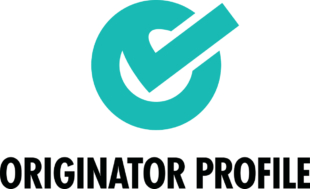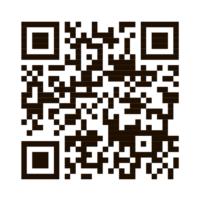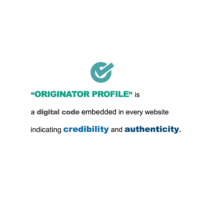Originator Profile, a new digital technology that discloses the origin of information in cyberspace and ensures its authenticity, is being proposed as an important measure to regain trust in the internet.
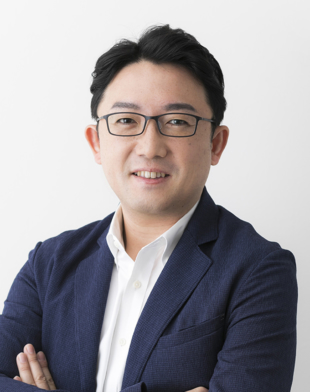
Authenticity in this context refers to a state in which the preservation of the identity of an article or advertisement is supported by identification of the organization or person responsible for its content, preventing falsification, alteration, erasure and confusion.
Nobody doubts that every article or advertisement has a person, organization or institution that originally produced it. We consider these entities “originators” and aim to make it possible for all stakeholders, including readers and advertisers, to immediately verify these entities upon request. OP is, so to speak, a label that clarifies the manufacturer and ingredients to provide fair information for consumers.
To achieve these requirements, OP will issue a third-party authenticated identifier to reveal the operator of a webpage, using digital signing technology to prevent modification in the process. This means that when an article is viewed or distributed outside of the original publisher’s site, the originator is still identifiable, confirming its credibility. The source of the content must be verifiable at all times, no matter what state the article or advertisement is in.
OP is being developed by the OP Colla-borative Innovation Partnership, a group formed by newspapers, broadcasters, publishers, advertising agencies and tech companies under the supervision of Keio University in Japan. In 2023, a demonstration experiment to verify the authenticity of articles published by newspapers and broadcasters through the internet was successfully conducted. By the end of this year, some of the publishers leading the deployment plan to begin using OP in their ordinary operations. Also, as early as summer, some internet users will be able to recognize that OP is active.
Although developing a means of verifying authenticity — as OP aims to do — is technically challenging, the concept itself is simple. For this reason, it is expected that if OP becomes more widely used, it will contribute to solving various issues. First, it will become easier to distinguish between entities that publish high-quality articles in the first place and those that do not. Considering that most publishers of disinformation would like to hide their identities, it should be obvious that this distinction alone would be a powerful means of avoiding a great deal of disinformation.
Moreover, even if the information is not maliciously and artificially disseminated like disinformation, its quality can often be confirmed by verifying its authenticity. Especially in the digital advertising market, companies are constantly at risk of ad fraud and brand damage resulting from accidental or deliberate misplacement of ads beyond their control. This also negatively affects the participants who are expected to play roles and carry out their responsibilities toward maintaining the health of the market. To realize a healthier business environment in the trade of digital advertising, it is effective for information distribution to be verifiable on demand, and OP will contribute to achieving this.
Before practical deployment, based on the lessons learned from the Noto Peninsula quake, which triggered a flood of misinformation and disinformation on the internet, we are proposing to showcase countermeasures for untrusted information in disaster-affected areas in collaboration with media companies, governments, and providers of public services. The OP CIP members plan to use OP on their own websites in cooperation with governments in the Noto Peninsula region, media companies covering earthquake issues, and telecommunications firms to create an ideal model that allows OP to be recognized as a signature icon that certifies the authenticity of information transmission in that area. If such a system is proven feasible, Japan will be able to introduce it to the world as a completely new approach to discipline in the fight against misinformation and disinformation distribution that causes social unrest.
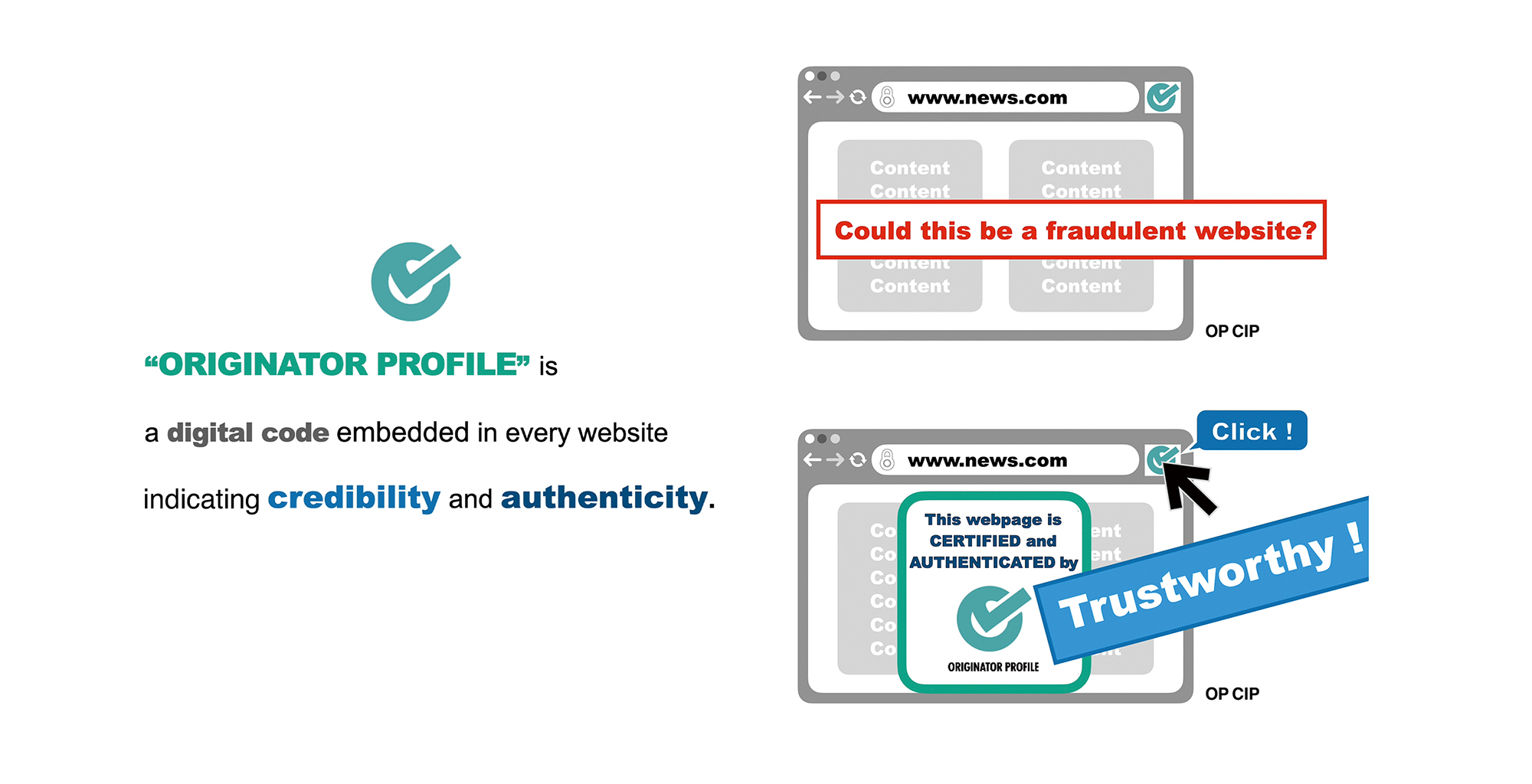
Once these measures are taken and the usefulness of OP is understood by society, the movement toward full-scale social implementation of digital technologies that prove authenticity online, such as OP, must accelerate. The final hurdle for deployment will be the creation of an environment in which anyone can easily use these technologies without any special mechanisms. We will create a worldview in which the authenticity of information displayed on screen is guaranteed with a single click of a button on all internet browsers as a default setting. Toward the realization of this goal, we are simultaneously working toward the adoption of OP as a standard through the World Wide Web Consortium, the standardization organization for the web, and are making step-by-step progress toward our goal.
Disinformation, misinformation and ad fraud are systemic problems that involve complex relationships among article publishers, advertisers and consumers. In some cases, all may be jointly and severally liable in some way.
In particular, the Made for Advertising website, which is made up of malicious articles created solely for the purpose of ad revenue, has become a byproduct of generative AI and could end up threatening not only industry, but also democracy. While OP cannot solve all problems, it is our responsibility for the future to address systemic problems with this system to the best of our ability.
OP has finally shifted from the experimental phase to the implementation phase. It’s time for us to take a first step. We would like to realize a healthy and safe internet space in Japan and set a precedent for the rest of the world — this is the wish of our OP colleagues who are aiming for trustable communications for all.
